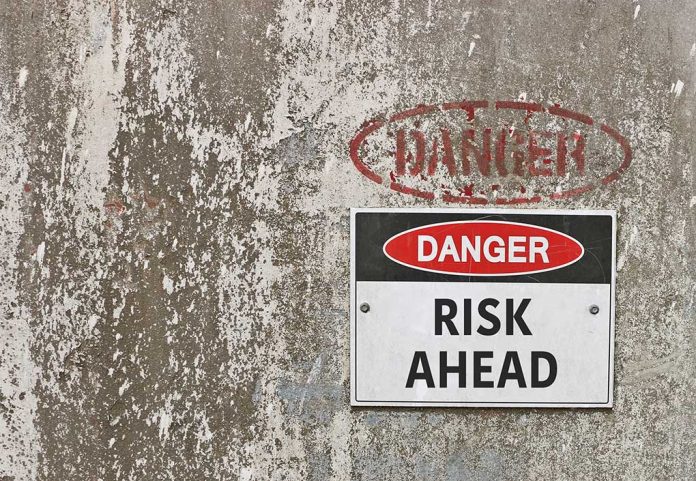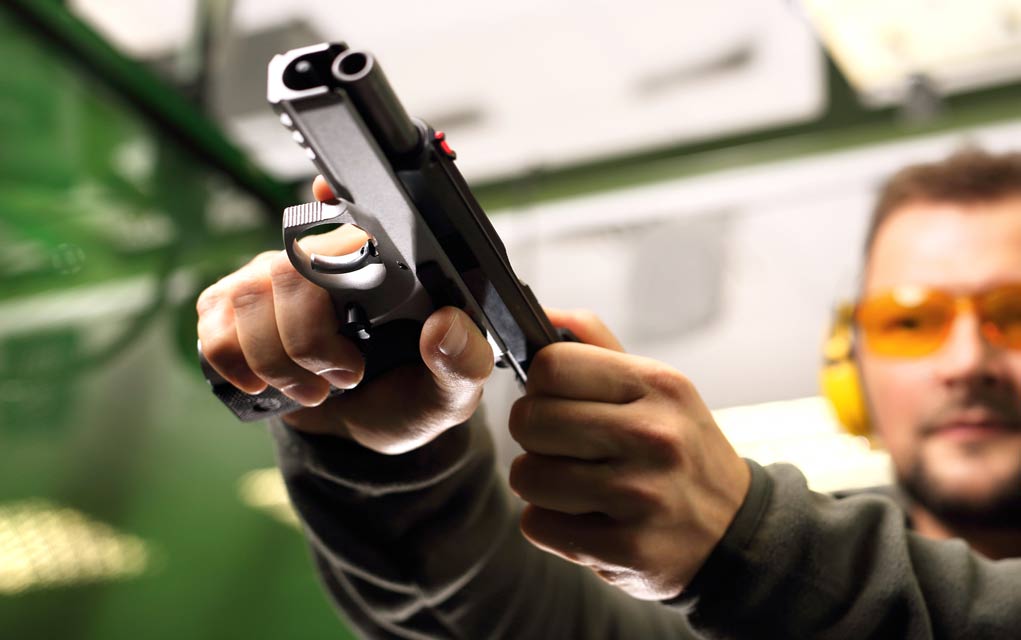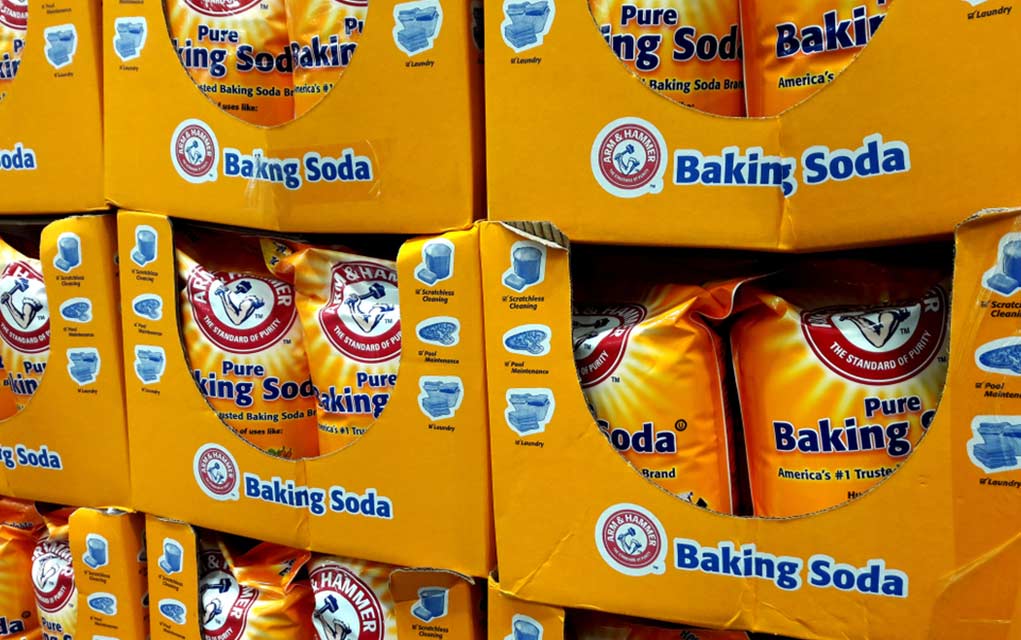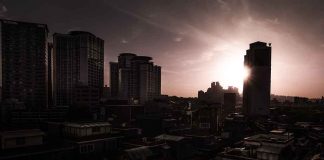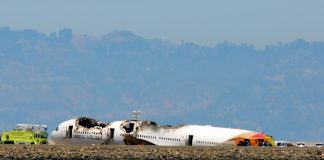(ModernSurvival.org) – Disaster can strike in any number of ways, from natural events such as earthquakes or tornadoes to man-made events like civil unrest or even war. Regardless of the root cause of the disaster, there are some specific places that should be avoided following a large-scale emergency event.
In the following video, City Prepping outlines the top five locations to avoid after a disaster, and why.
- Grocery stores – Unfortunately, the majority of the population still hasn’t learned to prepare for the worst before it happens. For that reason, when disaster strikes, the unprepared masses will overrun grocery stores to obtain bare essentials. In a situation where everyone is already panicking, it won’t take much for violence to break out as items begin to disappear from shelves. If a fistfight — which quickly turns into a riot — starts over the last package of toilet paper, the best place to be is safe at home.
- Banks and ATMs – Following a large-scale disaster, people will flock to banks and ATMs to try to get cash. After all, should the power go down, credit and debit cards won’t work. Even if ATMs won’t work, there is a chance criminal elements will look to take advantage of the situation by breaking into them while the power is down and the police have bigger issues to handle.
- Drug stores – When you consider a large percentage of the population are on prescription medications, it isn’t a huge stretch of the imagination to believe these places will become overwhelmed after a disaster. Just as most people aren’t prepared with enough groceries to survive for long, they don’t normally have enough meds to last. Crowds will form, with violence becoming a very real possibility when life-saving medications begin to run out.
- Areas with high-density populations – During a disaster, areas such as high-rises, apartment buildings, and downtown centers can become extremely dangerous. These areas are full of people, and it’s likely that the majority of them are not prepared to face a large-scale disaster. Unfortunately, other people often become the greatest threat in the days and weeks following a major emergency situation. It doesn’t take long for the average citizen to become a marauder when faced with starvation.
- Gas stations – Similar to grocery stores and drug stores, gas stations will immediately become packed with people looking to fill up their automobiles. Long lines will form, and gasoline will be gone faster than most people think.
What’s the Lesson?
Knowing to avoid these five places following a disaster is great motivation to prepare ahead of time. Since there is rarely an advanced warning of a massive disaster before it occurs, the best time to prepare is now. By keeping an emergency stockpile of food, medication, and spending cash, there will be no reason to head to many of these locations. Keeping the gas tank at or near full will ensure there is no need to visit a gas station after a disaster as well.
If the threat of a natural or manmade disaster isn’t enough to begin prepping, knowing the possible fallout of these situations just might be. To see why a SHTF event will likely be worse than most people think, and why everyone should be prepared ahead of time, take a look at our article here.
~Here’s to Your Survival!
Copyright 2023, ModernSurvival.org
